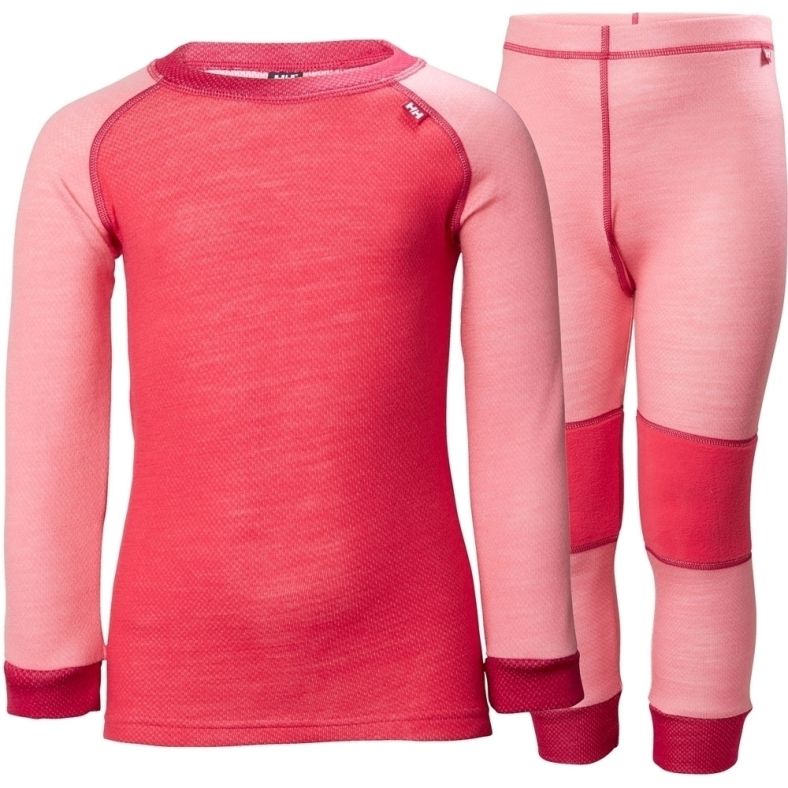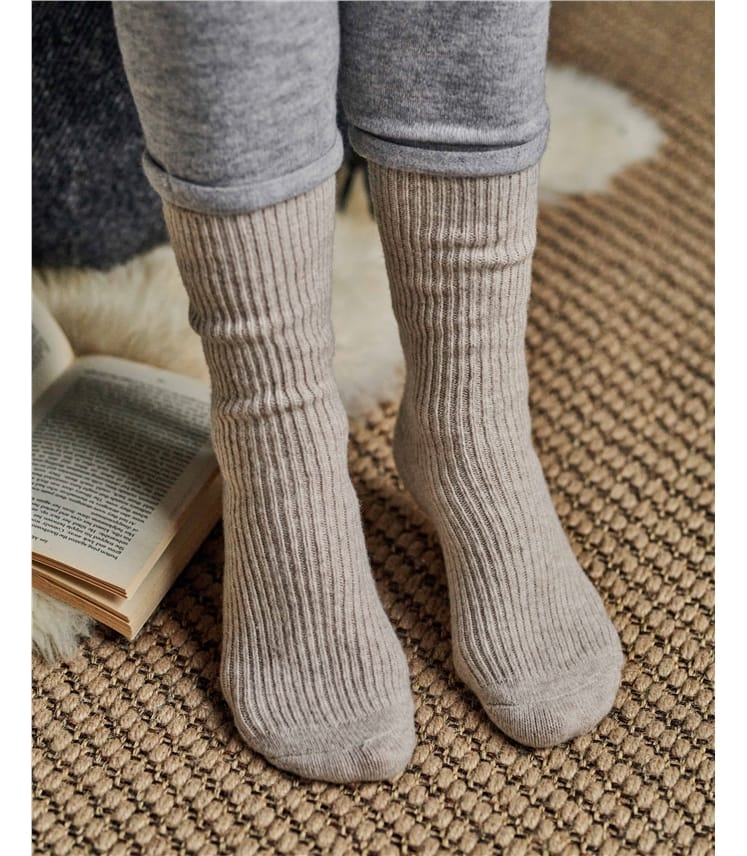Great Merino Wool Base Layers Tips
Wiki Article
Why Are Yak Merino Wool Base Layers So Effective For Winter Sports Clothing?
Due to the combination of benefits of both yak and Merino Wool, merino base layers can be used effectively for winter sports clothing. The hollow fibers in it trap air, resulting in excellent insulation. Merino is a combination of merino, and the resulting fabric provides excellent warmth.
Moisture Management Merino wool has properties that help to wick moisture away that means it is able to absorb moisture away from the body and then release it back into the atmosphere, keeping the wearer dry. Yak wool is a great complement to this, also having moisture-wicking abilities. This combo regulates your body's temperature by keeping the moisture away from the skin even during intense physical exercise in cold temperatures.
Merino's softness, and its fine fibers that are less likely cause skin irritation. Blended with yak, which has smooth and soft fibers, the material is comfortable to wear.
Odor Resistance - Merino and the yarn are naturally antimicrobial, which helps to reduce the growth bacteria that cause odors. The garment stays fresher, even if it is used for extended periods.
Durability- Yak wool is extremely strong and durable. When it is combined with the toughness of merino wool it produces a fabric which is able to withstand the wear and tear that is associated with outdoor activities and sports.
Temperature Regulation - Yak merino base layers regulate your body's temperature and keep your body warm during cold conditions. They also have breathable properties to help prevent overheating when performing intense activities.
Merino and yak are both renewable and biodegradable fibers. They can be used to make eco-friendly winter sportswear.
This combination of attributes make yak merino wool base layers extremely effective for winter sports clothing providing warmth and comfort, as well as the ability to manage moisture, and endurance for outdoor activities in cold climates. Check out the top rated merino wool base layer for site tips including wool long johns women's, skiing mid layers, best thermals for skiing, smartwool 1 4 zip mens, merino wool base layer clearance, smartwool 250 base layer women's, omniwool base layer, best base layer for skiing women's, paradox merino blend, wool thermals mens and more.

What Are The Advantages Of Bamboo Clothing With Regard To Thermal Regulation? Uv Protection. Biodegradability. Environmental Impact.
Bamboo clothing has many advantages in terms of the regulation of temperature and biodegradability, UV protection and environmental impact. Thermal Regulation-
Bamboo fabric provides insulation. It has natural thermal regulating properties that allow for warmth in colder weather. It regulates body temperature by retaining the heat during cooler temperatures and also allowing airflow to prevent overheating during physical activity.
UV Protection-
UV Resistance- The bamboo fabric gives natural protection from harmful UV radiations. It is able to block a large portion of the sun's UV rays, providing an additional layer of protection against the sun's rays when outside.
Biodegradability-
Biodegradable bamboo clothing breaks down organically at the end of its lifecycle, leaving no harmful leftovers. Additionally, it does not contribute to the creation of pollution. This can help reduce the amount of waste and lessen the environmental impact caused by the disposal of clothing.
Environmental Impact-
SustainabilityBamboo as a primary materials is very ecologically sustainable. It is able to grow quickly and in abundance, without pesticides or chemical fertilisers. This minimizes the environmental impact of cultivation. Its rapid growth rate makes it a renewable resource.
Bamboo is a low water consumption than other crops. This is essential to conservation efforts, as it reduces the pressure on water resources.
Soil Conservation
Soil Health: The cultivation of bamboo does not usually deplete soil nutrients or require large amounts of irrigation. It helps improve the health soil conditions and decreases the use of harmful methods for agriculture.
Carbon Sequestration
Carbon Absorption: Bamboo plants absorb more CO2 and release greater amounts of oxygen than other plants. This property helps to reduce carbon emissions and fight climate change.
Bamboo clothing's advantages include thermal regulation, UV protection and biodegradability. It's also a good choice for people who are seeking sustainable clothes. These qualities are aligned with environmentally conscious practices that provide benefits to wearers as well the environment. See the top rated https://www.koraoutdoor.com/collections/bamboo/ for more info including bamboo clothing for women, bamboo long sleeve shirt, bamboo baby clothes, bamboo clothing brand, bamboo t shirts wholesale, bamboo t shirts mens, bamboo t shirts ladies, freefly summer hoodies, bamboo ladies pants, bamboo cay shirts and more.

How Do Merino And Bamboo Compare To Wool The Texture, Heat And Moisture Absorption
In comparison, merino wool is compared to traditional wool and bamboo clothes in terms texture, warmth and moisture absorption. texture.
Merino Wool- Merino wool is renowned for its softness and fine fibers. It offers an easier and smoother texture when compared to wool that is traditional. It's also thought to be more comfortable to wear.
Bamboo Clothing - Bamboo fabric has a silky smooth texture, which is frequently compared with luxurious materials such as silk or cashmere. It is soft, making it a comfortable wear.
Traditional Wool The texture of traditional wool can differ. Some types are coarser and cause more itching than merino clothing or bamboo clothing.
Warmth-
MerinoMerino Merino offers exceptional warmth due to its insulation capabilities. It holds heat even when damp and is a great insulation choice in cold weather conditions.
Bamboo Clothing offers warmth but may not offer the same level of insulation like Merino wool. The bamboo regulates body temperatures effectively and is comfortable in all conditions.
Traditional Wool: Similar to merino, it provides warmth, insulation, and comfort. It might appear heavier than clothes made of bamboo, merino or other types of fabrics.
Moisture Absorption-
Merino Wool- Merino wool is known for its exceptional properties for wicking moisture, bringing it away from skin and let it evaporate. It stays warm even when damp.
Bamboo Clothing: Bamboo fabric has moisture-wicking properties, which allows it to remove moisture from your skin and offer ease of exercise. It regulates moisture, keeping wearers dry.
Wool is not as moisture-wicking as bamboo or the merino. Certain types of sheep's wool may feel damp and heavy after being wet.
Summary: Merino Wool is known for its soft, warm, and having excellent water-wicking properties. Bamboo clothing has a soft and silky texture. It is warm and regulates moisture effectively. The texture of wool is varied and utilized to offer warmth and moisture absorption as well as a soft feel. However, it can appear coarser and heavier in comparison to merino clothing or bamboo clothes. Each type of material has distinctive characteristics that are tailored to suit different needs and preferences. Have a look at the top merino winter clothings for blog tips including merino wool leggings mens, wool thermals womens, best merino wool base layer, smartwool 1 4 zip mens, best base layer for skiing, best ski underlayers, smart wool baselayer, 100 merino wool base layer, merino wool base layers, best merino wool base layer and more.
